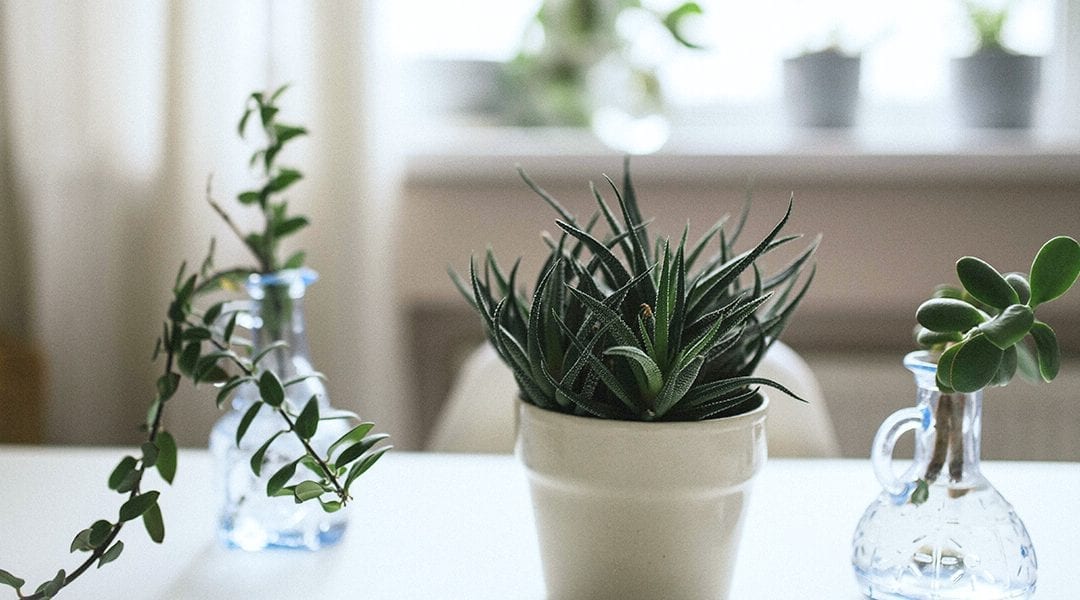Taking care of indoor succulents in the fall and winter depends on the specific plant at hand. On the whole, they’re an easy to grow as a group. Give them sandy soil, a little water and sunlight, and they’ll return the favor with exquisite shapes, purer air, and relaxing companionship. But whether you’re hosting them inside over winter or extending their stay as houseplants, it helps to know how to treat a wide variety of these tender guests and make them feel right at home!
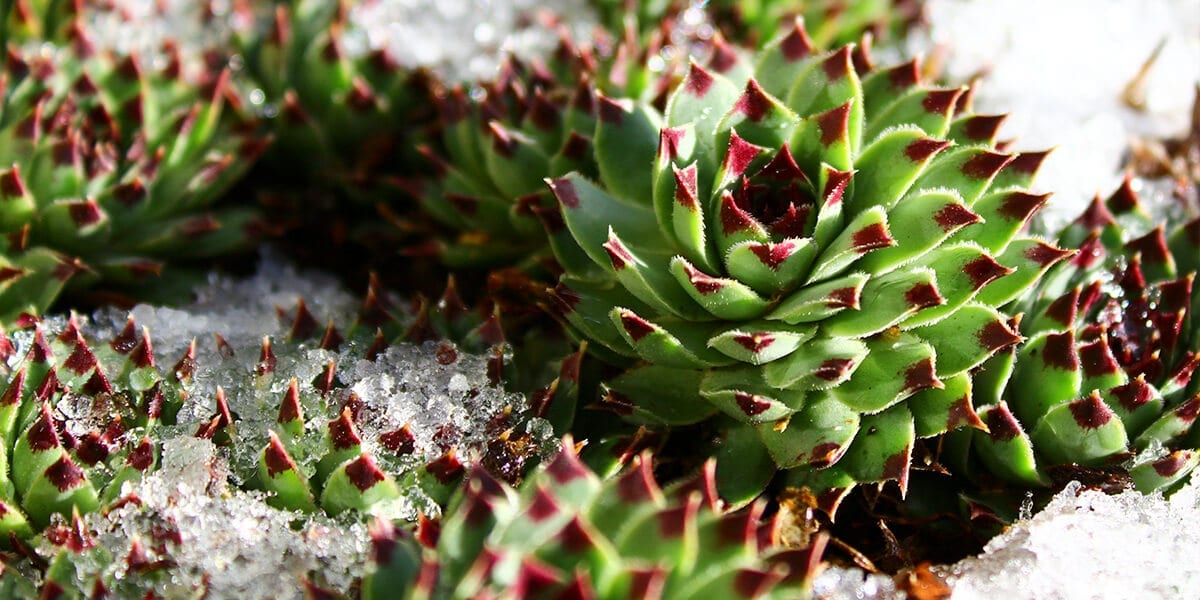
Know Your Succulents
With over thousands of different types of succulents, in 60 different plant families, it’s important to know what specific succulent you’re caring for. On the topic of winter, it’s especially good to know if yours are cold hardy succulents or grow indoors. Most come from hot desert regions way south, yet we have a few cold hardy to our zone 5 climate. Some species of Sedums and Sempervivums, among others, can withstand our Chicagoland winters, but many of your classic succulents, like Aloe Vera, Jade Plant, Panda Plant, and Christmas Cactus need to be hosted in the cozy warmth of the indoors.
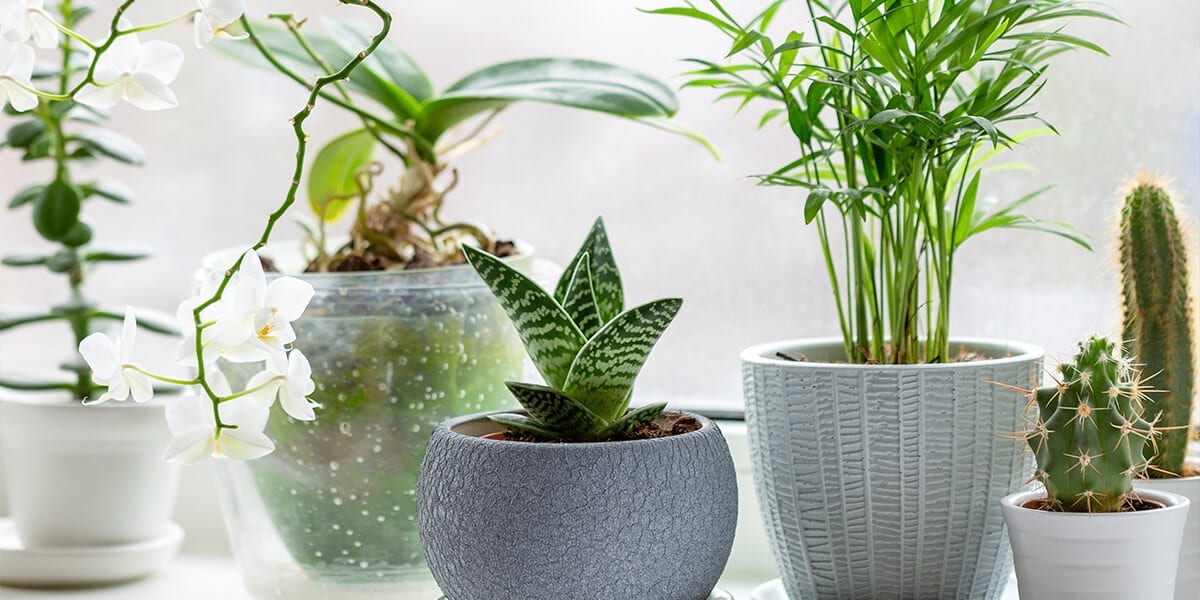
Bringing Succulents Indoors
All of your non-cold-hardy, tender succulents need to be moved indoors before temperatures dip below freezing. If you’re keeping them in the same pot, check for bugs and remove any ants, spiders, or other little ones you see. Also, clear away dead leaves, twigs, and debris from the surface of the soil. You want to give your succulents a clean stay over the winter and not have them share a bed with any rotting material.
Fall and Winter Maintenance
Most succulents are adapted to dry, arid environments. Their thick fleshy leaves allow them to hold on to water for long periods of time. This trait sets them apart from other plants and gives them their special beauty, but properly taking care of them still requires a few tricks.
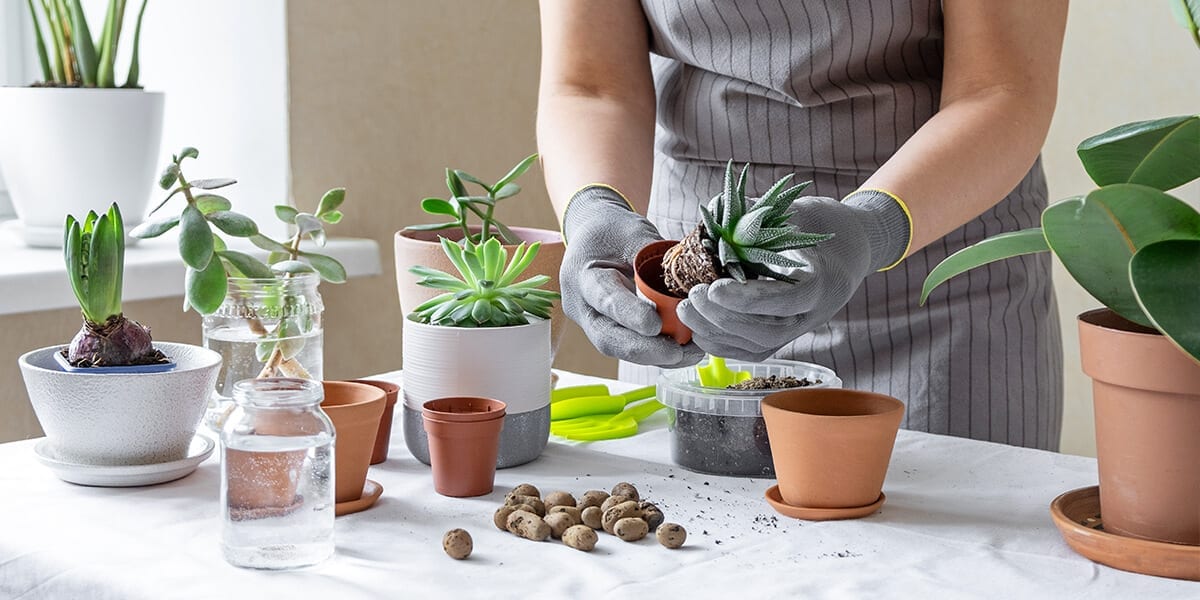
Repotting: If you’re moving your succulents inside, you may wish to repot them. Perhaps they could use some fresh soil or maybe a smaller vessel that will fit near your window. Make these desert plants feel right at home with some well-draining, sandy soil. Avoid a potting mix that retains moisture and instead opt for a special succulent or cactus soil mix. Give them a pot with ample drainage holes and be extra gentle not to damage their delicate roots during the move.
Sunlight: Succulents originate from diverse environments around the globe. Many come from arid regions with full sun, while others evolved beneath the shade of a jungle canopy. Consult the garden staff at our garden centers or look up your plants online to see if they prefer indirect or direct sunlight. Glass can sometimes magnify the intensity of the sunlight, so check in with your guests every so often to see that they’re not sunburnt. On the other hand, if you see them leaning towards the window, it could be a sign that they’re not receiving enough light.
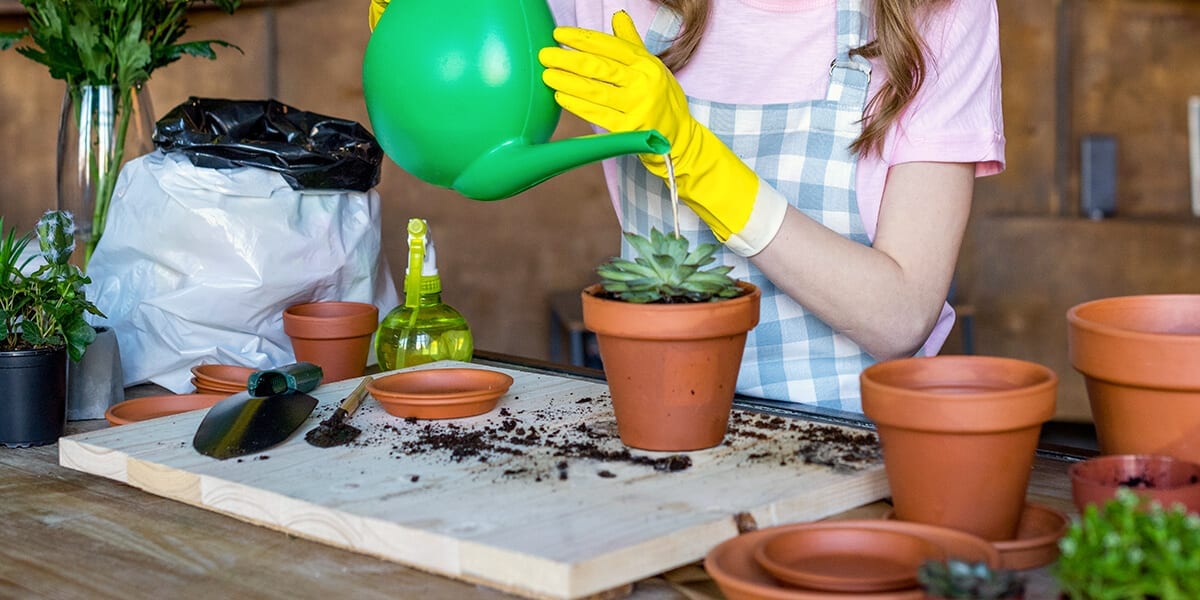
Water: Here is where many overzealous plant-lovers accidentally drown their succulents. They don’t realize that keeping them dry is as important as wetting them. The top inch of soil should be completely parched in between waterings. When you do water, give them a soak like a desert downpour, and then cut them off until the next time they need it. Remember to hit the soil with the water, not the leaves, which can be susceptible to rotting. Mushy, discolored, or soft foliage is a sign that you’re giving them too many refreshments.
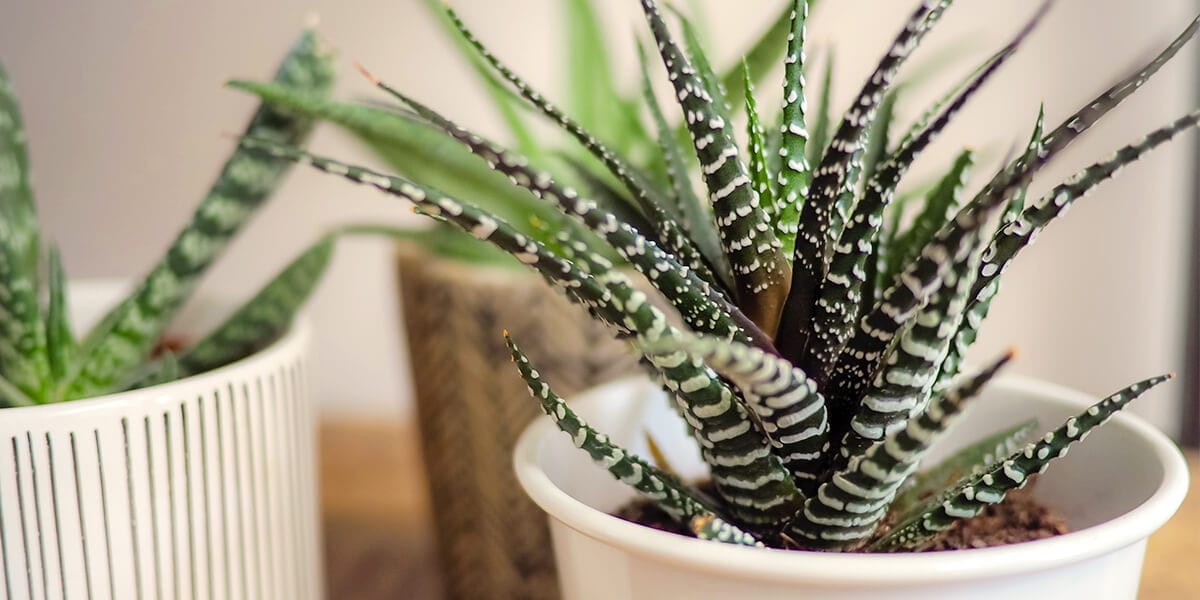
Navigating Winter Dormancy
Like most plants, succulents go dormant for a portion of the year. This is part of their survival mechanism for enduring a harsh or arid season. Some go to sleep in the winter, like Pincushion cacti, agave plants, and your cold-hardy sedums. During this time, they require even less water. Often, watering every two weeks is sufficient.
As many originate in the desert, they actually go dormant during the dry summer months. Jade Plants, Aloe Vera, Snake Plants, Haworthia, and Kalanchoe are popular types of succulents that go dormant in the summer. That means they actually wake up and grow during the fall and winter. In other words, they’ll need normal amounts of watering, which is still quite low. It’s best to find out your plants’ dormancy pattern and keep it in mind when taking care of them.
The beauty of live succulent plants is that most require little maintenance. All they ask for is well-draining soil, occasional water, sufficient dry spells, and the right amount of sunlight. With these easy requirements met, these gorgeous gems will not only stay alive in the fall and winter, but actually thrive and grow, or, depending on the species, happily rest until next spring!
Platt Hill Nursery is Chicago’s premier garden center and nursery.

